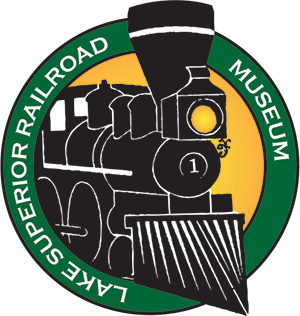Steam Locomotives
From the tiny Northern Pacific, Minnetonka #1, to the huge Duluth, Missabe and Iron Range #227, Mallet, the museum collection covers the history of steam railroading from the 1860s to its zenith in the 1940s. These are the machines that built our country! Items such as the William Crooks which was the first locomotive to operate in the state of Minnesota and is one of the most important early railroad artifacts in existence today. Some of the steam locomotives operate too! You don’t want to miss the Duluth & Northeastern #28 built in 1906, by Pittsburgh Locomotive Works. This engine pulls passengers in the summer on the North Shore Scenic Railroad.
From the 1830s until the early 1950s, steam locomotives were the primary power that pulled passenger and freight trains on United States railroads. A typical steam locomotive has a steel fire-tube boiler that contains pressurized water and steam. A firebox is located at the rear of the boiler and a smoke stack in front. A steam engine can burn wood; coal or oil in the firebox and the heat produced converts the water to pressurized steam inside the boiler. The steam in the boiler is used to drive the locomotive’s pistons – which then turn its drive wheels – and also for other purposes such as whistles, pumps that provide compressed air for the brake system, and other steam-powered devices. This constant use of steam requires the boiler to have a close supply of water on hand. The water, along with additional fuel, is usually carried in a car behind the locomotive known as a tender. Smaller locomotives, like the Minnetonka and Minnesota Steel #7 have no tenders; they carry their water supply in a tank that straddles the top of the boiler.
Come see and touch the steam locomotives in the museum, you can even climb into the cab of the huge Mallet #227, and sit in the engineer’s seat.



